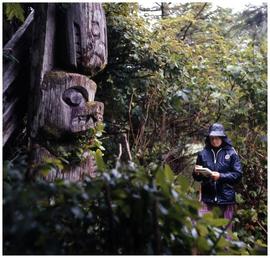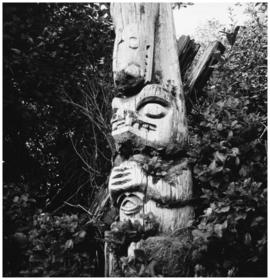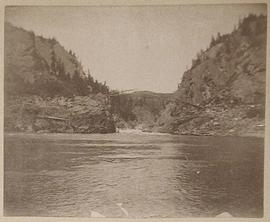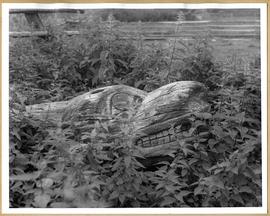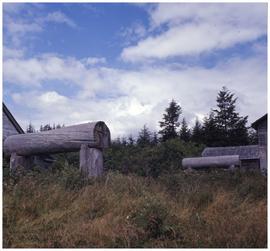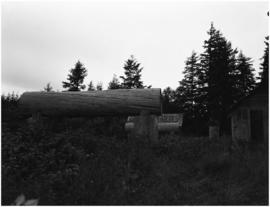Book 6, tape 1: Learning Kwak'wala Series, Saying Everyday Things
- 1 3-3-03-3-03-K-10 (MA183k)
- Stuk
- 1980-1981
Item consists of a recording of the Learning Kwak’wala book 6: Saying Everyday Things, and it features Agnes Cranmer, Margaret Cook, and Jay Powell engaging in vocabulary and grammar exercises in the workbook, Jay Powell asks the questions in English and Agnes Cranmer and Margaret Cook give the response in Kwak’wala; Side A: pages 6-15, covers how someone is and what they are doing,; Side B: pages 16-26, covers how someone is and what they are doing, the future tense, and the past tense. Recorded on both sides.

